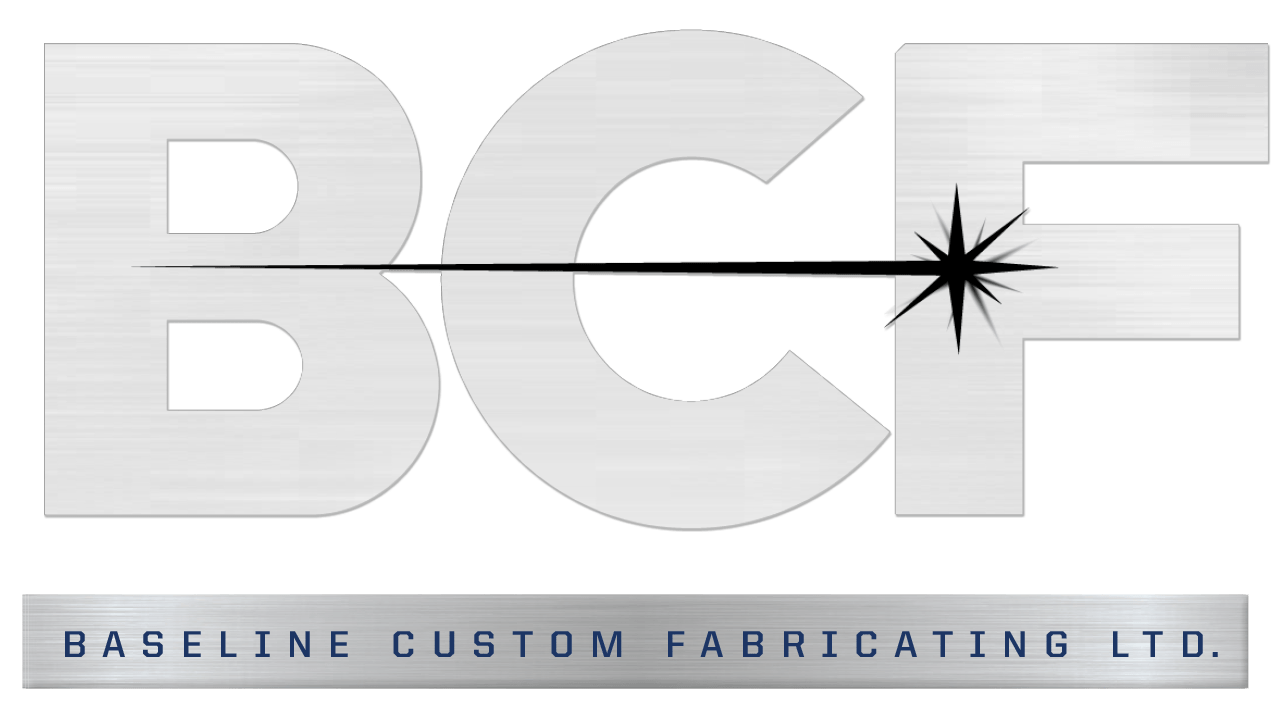The Role of Metal Fabrication in the Aviation Industry
Metal fabrication is an integral part of any industry that requires the use of metal components. From automobiles to aeroplanes, metal fabricators ensure that products are produced with quality and precision. However, in the aviation industry, it is especially important for metal fabrication to be accurate and reliable. After all, you don’t want an aeroplane crashing due to a faulty weld or incomplete design. The following article explores the role of custom metal fabrication in the aviation industry and how it affects production efficiency and safety standards.
The Different Types of Metals Used in Aircraft Fabrication
Different metals are used in aircraft fabrication depending on the required strength, durability and weight of the finished product. The most common metals used in aircraft construction are aluminum, magnesium, titanium and steel. Aluminum is the most widely used metal in aircraft fabrication due to its low density and high strength-to-weight ratio. It is used extensively in both military and civilian aircraft for fuselage panels, skinning, stringers, spars, ribs and bulkheads.
Magnesium alloys are also used in aircraft construction due to their high strength-to-weight ratio and corrosion resistance. They are commonly used for seat frames, engine mounts and other structural components. Titanium is another strong yet lightweight metal that is often used in the construction of military aircraft. It is resistant to both heat and corrosion, making it ideal for use in exhaust systems and turbine engines. Steel is the strongest of all the metals used in aircraft fabrication but is also the heaviest. It is mainly used in the construction of larger aircraft such as cargo planes and passenger jets where weight is less of a concern than strength.
The Process of Fabricating Metal Parts For Aircraft
The process of fabricating metal parts for aircraft involves several steps. First, the parts must be cut or formed from raw material such as sheet or plate metal. The parts are then deburred and cleaned before being inspected for accuracy and quality. Next, the parts may need to be heat treated, or have other treatments such as anodizing or plating applied. After this, the parts can be assembled with rivets, screws, bolts, and other fasteners. Finally, the completed assembly is tested to ensure it meets all specifications.
The fabrication process for aircraft parts is highly specialized and must adhere to strict safety, quality, and performance standards. Parts must be made precisely to guarantee that the aircraft operates correctly and safely. To ensure this, the fabrication process requires a high level of expertise from each step of the manufacturing process.
Conclusion
Metal fabrication plays an essential role in the aviation industry and its importance cannot be underestimated. Metal fabricators work tirelessly to produce high-quality parts and components that are used in aircraft, engines, tools, and other equipment. Their efforts ensure that the end product is of superior quality while also meeting all safety requirements so that we can enjoy safe air travel.
Custom metal fabrication is not just limited to giant industries like aviation, but is also an integral part of small and medium industries. If you are looking for quality metal fabrication services at the best rates, you can rely on us at Baseline Custom Fabricating Ltd. Our expansive facility in Ontario is equipped with all the latest tools and equipment. Call us today to learn about how our metal fabricators can help with your next project.







